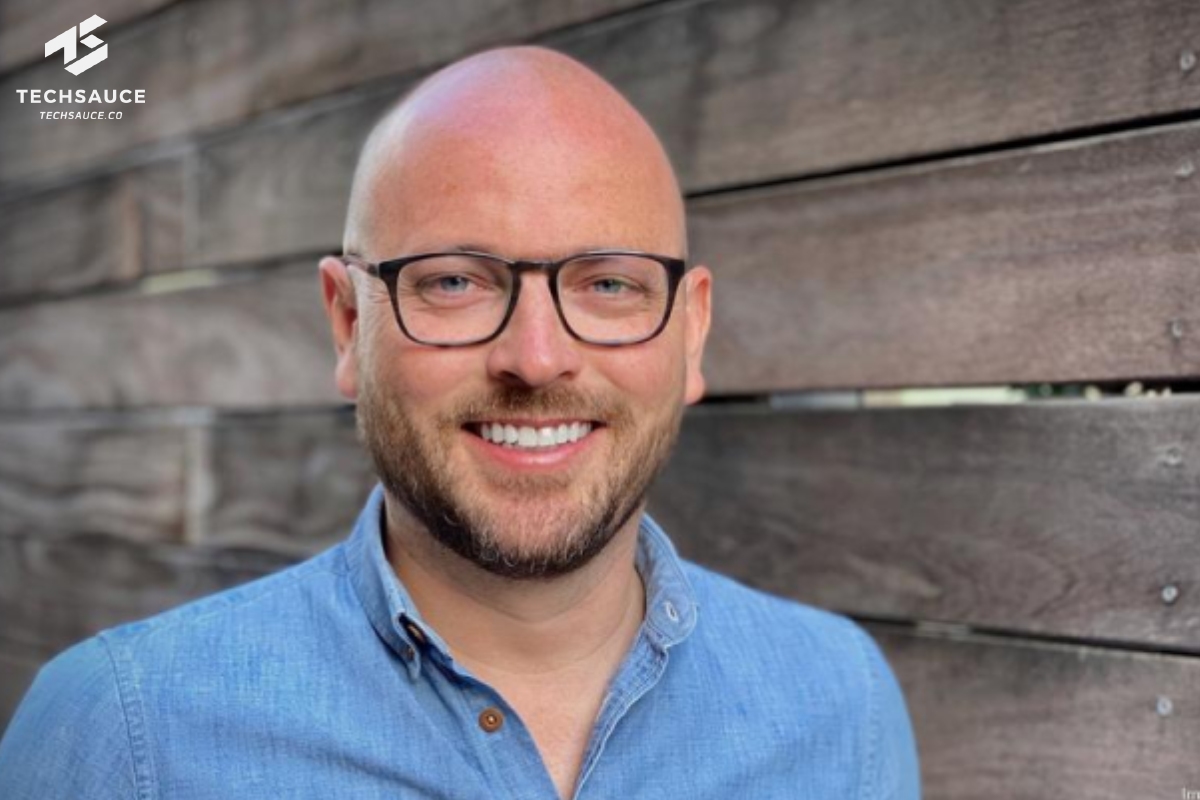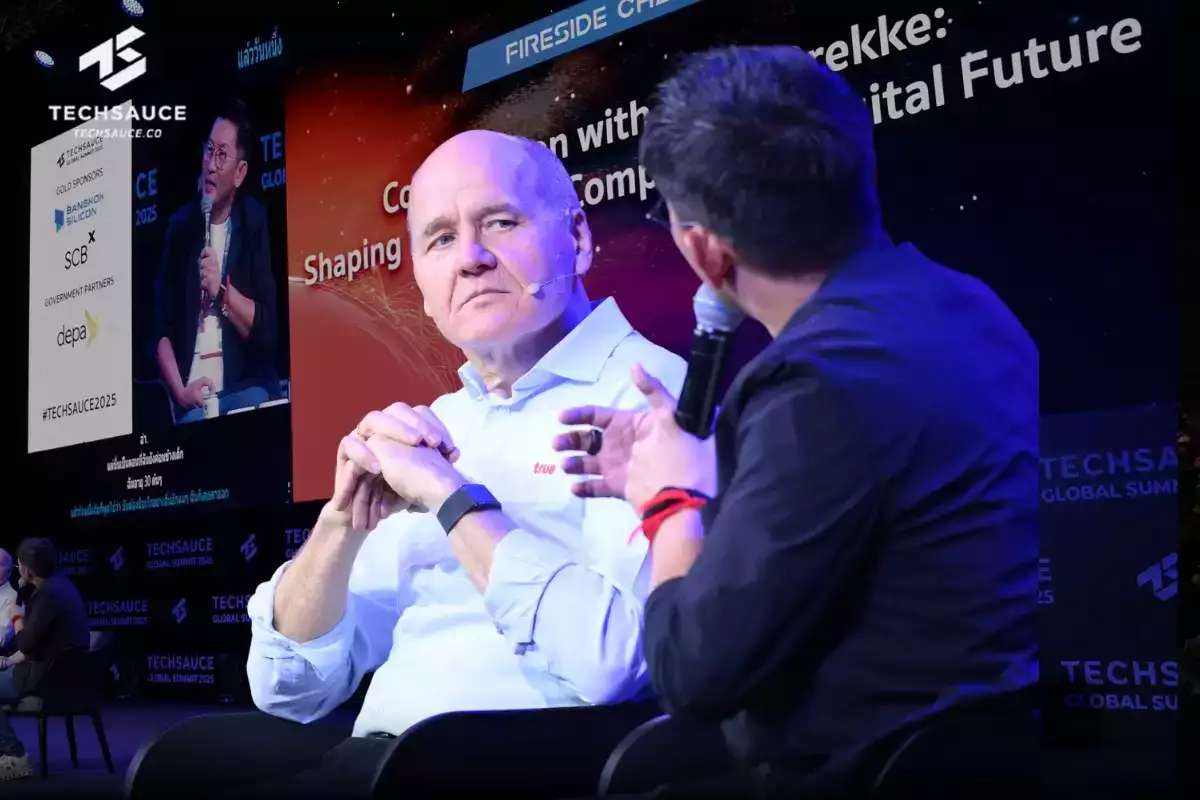The Startup Community Way - The bible for startup community builder by Ian Hathaway
I recently got a chance to interview Ian Hathaway - one of the authors of the best-selling book The Startup Community Way which I considered as a ‘bible’ to startup community building.
Thailand's startup scene has been through many starts and stops in this past decade from coup d’etat, devastating floods, street protests and now Covid-19. The latest figures from Aspen Network of Development Entrepreneurs (ANDE) Bangkok Entrepreneur Ecosystem Snapshot which I was involved in the research shows that we are among the weakest growing startup ecosystems in Southeast Asia right now. This is especially interesting given that the Southeast Asia startup ecosystem is still racing ahead with over 400M internet users (40M more during Covid-19) and The SEA Internet economy will exceed $100B (https://economysea.withgoogle.com/). The big question I've been grappling for the past decade is, why do some ecosystems accelerate faster while others lose steam and fall behind? How can we continue to keep up the pace with emerging tech hubs, reshape our visions and initiatives to be more impactful, less ecosystem theater?

I invite Ian to talk not about his book, but to dispel some of the common startup ecosystem myths, sneakpeaking into the mind of an ecosystem genius and his crystal ball’s to what our startup ecosystems should crystalize into for the next decade.
Aim: “It’s a pleasure to interview you Ian. Can you introduce yourself for a bit?”
Ian: “I'm an analyst, advisor, writer, and entrepreneur interested in startups, technology, and their impact. I spend a lot of my time thinking and writing about startups and working with entrepreneurs to support their journey. I also help organizations develop data-driven strategies and develop new products and typically write about the tech sector, entrepreneurship, venture capital, startup communities, and leadership.”
Aim: “Systemic thinking seems to be one of the biggest bottlenecks for all emerging ecosystems where people try to solve different problems in silos, and then a decade later realized that all the ecosystem is less than the sum of all parts. How can we ensure more people think at such a level?”
The first step into understanding the system is by regularly engaging with other people and organizations. Connectivity (along with culture) is the fabric of an ecosystem. Second, and related, is cultivating awareness around where common challenges lie and where efforts are being directed. It’s remarkable how much duplicity and missed opportunities exist in ecosystems everywhere because of this. Third, it’s critical to understand that systemic change takes time and the uncertainty of it all means you have to be flexible and resilient. Finally, it’s important that everyone takes accountability for the current conditions, which also has the added benefit of empowering them to be the agents of change that are required for productive evolution to occur.
Aim: “In your book, you mentioned Seven Capitals required for a thriving ecosystem: intellectual (technologies, ideas, information), human (talent, knowledge, skills), financial (revenue, equity, debt), institutional (anchor organizations, markets, stability), physical (density, infrastructure, quality of place), network (connectedness, relationships, bondedness), and cultural (attitudes, mindset, behaviors) capital.
In what order should ecosystems tackle this capital problem? Which parts should work in parallel? Which are the acupuncture points that have extremely high leverage for impact? Which parts can wait?”
It’s not really an issue of sequencing as much as it is a constant evolution between these factors. You need to tackle them all at once: the system and its constituent parts co-evolve. You can’t separate them (in fact, that goes directly against systems thinking principles). With that said, there is a natural push-pull dynamic between some of these. For example, many people mistakenly believe that venture capital formation can spark entrepreneurial output in a city or region. In fact, the opposite is true: capital follows startup activity. This makes sense once you realize how the venture capital model relies on networks and density. A better framing for this is who prioritizes what and how individuals, groups, and organizations can work better together in tackling problems. All of these things matter.
Aim: “You talk a lot about the need to support people and networks over buildings and institutions. How can we increase the volume and impact of these ecosystem builders and super nodes and keep the ecosystem builders like myself in balance without burning out or giving up?”
The first thing is to recognize this reality and embrace it as a priority. That sounds basic, but it’s also really important and too often overlooked. Thought influences actions. The second thing is to resource these people and activities appropriately. Too often these service providers fall victim to what’s common in the provision of public goods: they are underfunded, and therefore under-provisioned. Funders, policymakers, and other key stakeholders must understand that what’s valuable in today’s high-growth startup economy is intangible in nature. But this also makes them hard to measure, which steers resource-providers away in favor of activities that are easier to report back. My advice: lean into that discomfort and work hard to demonstrate the impact of these factors if you are required to do so.
Aim: “One of the biggest problems in Thailand and many cities in Southeast Asia is a Behemoth of a Bureaucracy that centralizes all decision making. What are some of the best practices in terms of decentralizing funding and authority to the states and localities so that ecosystems can be built better and faster?”
Ian: “This reinforces my earlier point about needing to have lots of engagement: it makes the programming more relevant and effective. It’s important for funders and policymakers to separate the vision and strategy (e.g., “more high-growth startups and the resulting job creation they produce”) from the implementation or execution (e.g., “the resources and support networks that produce high-growth companies”). The first is the “why” and some of the “what”; the latter is also some of the “what” but squarely the “how.” Grassroots engagement and leadership produces critical feedback to those higher-levels about what’s useful and what’s not; what’s working and what’s not; where the spheres of influence are, and so on. So that’s both conceptual and practical: activate and support the existing grassroots. Other practical considerations include: tying funding decisions to track record and performance, placing multiple “bets” rather than choosing one big winner among service providers, and pushing for organizations to design community-collaboration into their programs.”
Aim: “What are some of the biggest ecosystem learnings and experiments that you failed in? Succeeded? And what experiments do you think needs to be done most urgently today?”
Ian: “One of the biggest learnings I’ve had was just how impactful it can be to have the right type of people doing this on a full-time basis. Most community builders are doing other things, and so it becomes a side hustle: a passion project of sorts. However, there are increasing returns from having one or more people in a community also doing this on a full-time basis. It doesn’t have to be forever and it doesn’t have to be the same person; you can rotate. But a lot of acceleration can occur when someone does nothing but drive community progress. In terms of what needs to be done most urgently, I think people need to start being more honest about the uncertainty, long time lags, and limited understanding we still have around this stuff. I get that people want quick fixes and simple solutions to these complex problems, but it’s a fantasy. It also sets things up for failure, which leads to fatigue and doubt, and ultimately, abandonment of efforts. Nobody wants that. I would like to see people be more honest about the realities of this work. It’s hard. If it were easy, high-output ecosystems would be everywhere. They’re not.”
This is a start of a long dialogue on ecosystem with Ian Hathaway, one of the authors of the best-selling book The Startup Community Way, an essential guide to building supportive entrepreneurial communities that is a must-read for all seasoned and aspiring ecosystems and community builders based on more than twenty years of Boulder-based entrepreneur turned-venture capitalist Brad Feld's experience in the field as well as contributions from other innovative startup communities.
Keep reading our series as he gives us his input on how to create a startup community and what makes it live and thrive. Would you like to read the book The Startup Community Way? Want me to ask Ian more questions or start a discussion? Tweet me at @aimamarit and let’s explore how we can take our 20 years of learning to make our ecosystem better in this brave new post-Covid 19 world.
ลงทะเบียนเข้าสู่ระบบ เพื่ออ่านบทความฟรีไม่จำกัด






